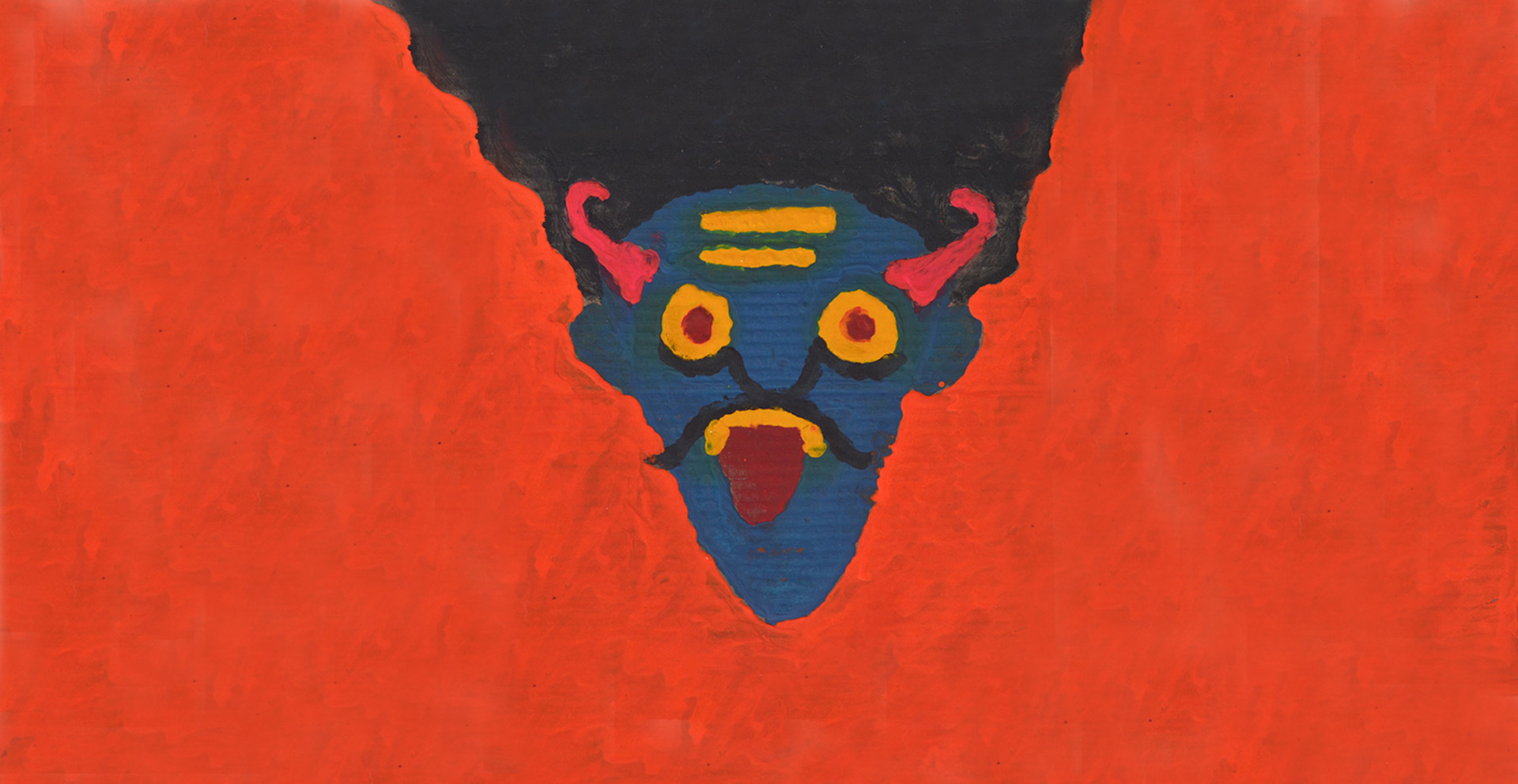maniFEST-o
capitArt began as a decentralised global art collective in Tokyo in 2015. In 2018, we relocated to Mumbai, and since 2021, we have been based in London.
.
We employ art as a political language to shift perceptions of social phenomena. We believe that art, guided by philosophy and informed by technology and science, is a force that can help humanity navigate the existential crises faced in the contemporary world. We highlight both existing and emerging forms of marginalisation and the imposition of power within techno-capitalism, viewing the political nature of artistic activity as a means to offer new perspectives and inspire novel thoughts for an alternative world. We seek true inclusion, one that brings in fundamental change—not merely accepting differences, but transforming alongside the very differences embraced.
.
At capitArt, we collaborate with artists, curators, researchers, scientists, entrepreneurs, designers, travellers, collectors, philosophers, and poets from all around the globe who explore the boundaries of art to question what it means to be human today
.
Here you will find insights into art, along with a brief introduction to New Media Art (more specifically Techno-Art) and Art Brut (also known as Marginal Art and Outsider Art). For further enquiries please contact us via our contact page or send an email to contact@capitart.com.

If the meaning of an artwork is constantly evolving and thus can never be definitively fixed, it is because artworks inherently lack meaning. Indeed, nothing possesses absolute meaning; rather, meanings are subjectively derived and attributed by individuals. As Nietzsche observed, humans are natural-born fabricators and fundamentally artists, whose primary occupation is to assign meaning to a meaningless world. Humans create meaning in a world devoid of intrinsic value. Thus, the meaning of everything is merely a matter of negotiation.
In this sense, the desire to determine the value of an artwork is an aspect of the desire to govern by predetermining the values around which human life is organised. Put simply, claiming authority over the value of an artwork is the ultimate expression of the will to power. Thus, the critique of art is invariably a political act.
We aim to restore pleasure to people and inspire a world imbued with meaning. We celebrate all forms of creation and their unique, erratic appreciation beyond the conventional confines imposed by those who dictate what to think and what to like. The potential of artistic creation today is beyond the imagination of those who only seek to value their old world and their now unstable existence within it.

We now stand on the brink of a cultural revolution, one catalysed by advancements in information sciences and shaped by progress in biotechnology. On one hand, human thought is increasingly being driven towards computerisation under a profit-oriented logic; on the other, these developments are unleashing previously unimaginable potentials for humankind and the planet.
In both scenarios, they envision an odyssey for human beings, accompanied by vital challenges and significant responsibilities. It may seem that it is solely up to philosophy or art to ascribe meaning to these developments and to craft a new world narrative.
Flusser once questioned, “Why is it that […] horses don’t yet radiate phosphorescent colours over the nocturnal meadows of the land? Why hasn’t the breeding of animals, still principally an economic concern, moved into the realm of aesthetics? Why can’t art inform nature?” He argued that in the near future, the significance of philosophy and art, more than anything, is to shape a life interwoven with technological advances and thus reinvent human nature. In this sense, it is not only necessary but also urgent to recognise the political nature of new media arts and more specifically techno-art and to invest in artistic growth as vigorously as we do in techno-scientific developments.


Art Brut, also known as Marginal Art and Outsider Art, comprises creations that emerge at the fringes of society, eluding any definitions that the very society which ostracises them might attempt to impose. Despite this, there is an extensive body of literature on Marginal Art, Art Brut and Outsider Art, replete with futile efforts to define them by those who fail to recognise the value escaping their constrained perspectives. We think the kind of creation in question is political by nature for it represents the artistic expressions of those who are marginalised within techno-capitalism.
Beyond these fruitless attempts to categorise such elusive works, we simply cherish these pieces for their paradoxical presence in the market and their unique creators who inspire us profoundly. They encourage us to believe that a different thought and a different world are possible, for they seem to vibrantly sense the captivating appeal of creation, while most of us become numb in the clamour of our existence.
.